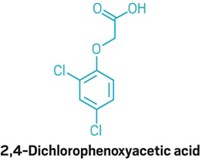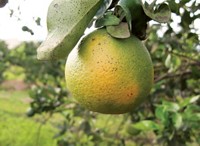Advertisement
Grab your lab coat. Let's get started
Welcome!
Welcome!
Create an account below to get 6 C&EN articles per month, receive newsletters and more - all free.
It seems this is your first time logging in online. Please enter the following information to continue.
As an ACS member you automatically get access to this site. All we need is few more details to create your reading experience.
Not you? Sign in with a different account.
Not you? Sign in with a different account.
ERROR 1
ERROR 1
ERROR 2
ERROR 2
ERROR 2
ERROR 2
ERROR 2
Password and Confirm password must match.
If you have an ACS member number, please enter it here so we can link this account to your membership. (optional)
ERROR 2
ACS values your privacy. By submitting your information, you are gaining access to C&EN and subscribing to our weekly newsletter. We use the information you provide to make your reading experience better, and we will never sell your data to third party members.
Environment
U.S. EPA ordered to assess pesticide’s effects on endangered species
by Britt E. Erickson
July 10, 2017
| A version of this story appeared in
Volume 95, Issue 28

In a win for environmental groups, a federal court found that U.S. EPA violated the law in 2014 when it approved the pesticide cyantraniliprole for use on citrus and blueberries. EPA claims the chemical poses a lower risk to mammals, birds, and fish than other alternatives used to combat citrus greening and an invasive fruit fly. In a June 30 decision, the U.S. Court of Appeals for the District of Columbia Circuit ruled that EPA failed to determine the effects of the insecticide on threatened native species and to consult with the U.S. Fish & Wildlife Service about such impacts. The court directed EPA to conduct the assessment and report to the court on its progress every six months. In the meantime, cyantraniliprole can remain on the market and continue being used. Environmental groups say the ruling is an important victory that will protect threatened butterflies and other imperiled pollinators. EPA found in 2013 that cyantraniliprole is “highly toxic or very highly toxic” to terrestrial invertebrates, including butterflies and beetles.





Join the conversation
Contact the reporter
Submit a Letter to the Editor for publication
Engage with us on Twitter